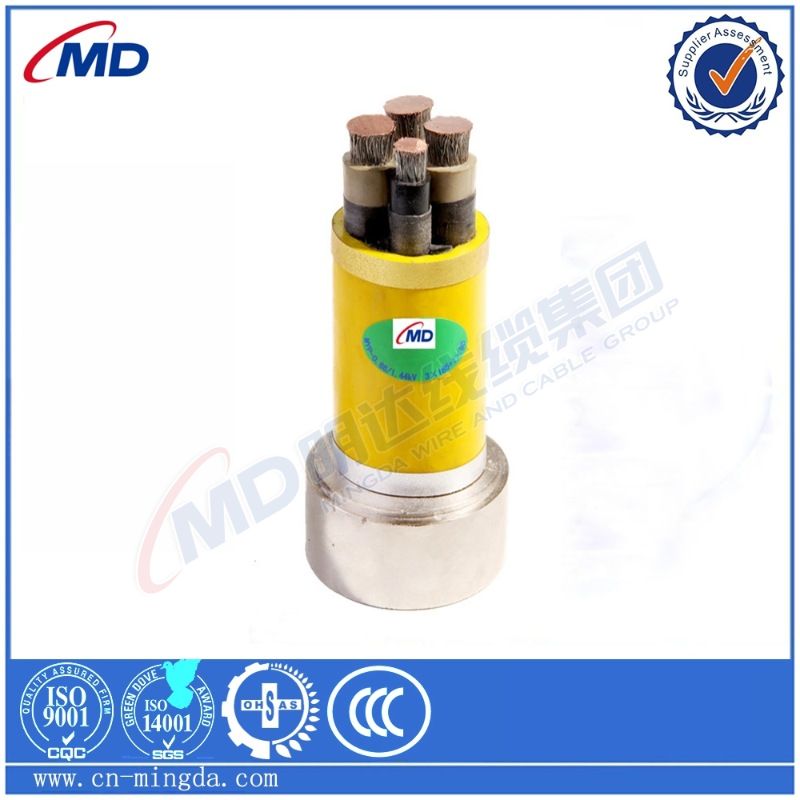nov . 13, 2024 22:35 Back to list
hydraulic control valve
Hydraulic Control Valves A Comprehensive Overview
Hydraulic control valves play an essential role in the efficient functioning of hydraulic systems, which are widely used in various industrial applications, including construction, manufacturing, and automotive sectors. These valves regulate fluid flow and pressure, ensuring that hydraulic machinery operates smoothly and effectively. This article delves into the significance, types, and functionalities of hydraulic control valves, shedding light on their pivotal role in hydraulic systems.
At its core, a hydraulic control valve is designed to manage the flow of hydraulic fluid within a system, responding to varying pressures and demands. By controlling flow direction, pressure, and speed, these valves enable the precise operation of hydraulic actuators, such as cylinders and motors, which perform mechanical work. The importance of hydraulic control valves lies in their ability to ensure that machinery operates safely and efficiently, contributing to overall productivity and reliability.
Hydraulic control valves can be categorized into several types based on their specific functions
. The most common types include directional control valves, pressure control valves, and flow control valves.1. Directional Control Valves These valves determine the path the hydraulic fluid will take within a system. They can redirect fluid flow to various actuators, allowing operators to control the movement of machinery components. Directional control valves can be actuated manually, electrically, or hydraulically, and they typically feature different configurations, such as 2-way, 3-way, or 4-way, depending on the complexity of the operation.
2. Pressure Control Valves As the name implies, these valves maintain and regulate the pressure within the hydraulic system. They prevent excessive pressure from damaging components and ensure consistent operation. There are several types of pressure control valves, including relief valves, sequence valves, and unloading valves. Relief valves are essential for safety, as they release excess pressure and protect the system from potential damage.
hydraulic control valve

3. Flow Control Valves These valves manage the speed of hydraulic actuators by controlling the flow rate of the hydraulic fluid. By adjusting the flow rate, operators can fine-tune the speed at which machinery components move. Flow control valves can be adjustable or fixed, depending on the application's requirements. They play a crucial role in applications where precise speed control is necessary, such as in hydraulic presses and lifts.
The selection and implementation of hydraulic control valves require a thorough understanding of the specific hydraulic system in question. Factors such as the type of fluid, operating pressure, required flow rate, and environmental conditions all influence the choice of valve. Moreover, proper installation and maintenance of these valves are crucial. Regular checks and servicing can prevent wear and tear, ensuring longevity and reliability in operation.
One of the most significant advantages of hydraulic control valves is their ability to enhance the efficiency of hydraulic systems. By providing precise control over fluid flow and pressure, these valves minimize energy consumption and reduce operational costs. Additionally, they contribute to improved safety measures, significantly lowering the risk of accidents due to pressure surges or fluid leaks.
In recent years, advancements in technology have led to the development of smarter hydraulic control valves. These valves can integrate with electronic control systems, allowing for automation and remote monitoring. Such innovations not only improve the efficiency of hydraulic systems but also enable predictive maintenance, further enhancing operational safety and performance.
In conclusion, hydraulic control valves are integral components of hydraulic systems, performing crucial roles in fluid regulation, safety, and efficiency. Understanding the different types of valves and their specific functions empowers operators and engineers to harness the full potential of hydraulic technology. As industries continue to evolve and adopt more sophisticated hydraulic systems, the demand for advanced and reliable hydraulic control valves will undoubtedly grow, paving the way for further innovations and improvements in the sector.
Share
-
Reliable Wafer Type Butterfly Valves for Every IndustryNewsJul.25,2025
-
Reliable Flow Control Begins with the Right Ball Check ValveNewsJul.25,2025
-
Precision Flow Control Starts with Quality ValvesNewsJul.25,2025
-
Industrial Flow Control ReliabilityNewsJul.25,2025
-
Engineered for Efficiency Gate Valves That Power Industrial PerformanceNewsJul.25,2025
-
Empowering Infrastructure Through Quality ManufacturingNewsJul.25,2025